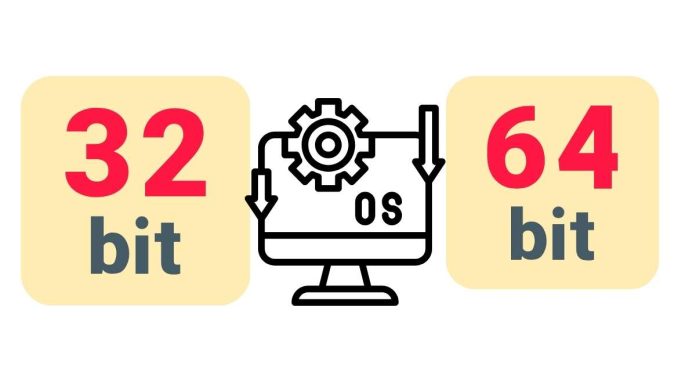The primary difference between 32-bit and 64-bit operating systems lies in their processing capability and memory usage. A 32-bit OS processes data in 32-bit chunks and supports up to 4GB of RAM, making it suitable for basic tasks. A 64-bit OS processes data in 64-bit chunks, allowing it to support over 4 billion GB of RAM (theoretical limit) and handle more demanding applications.
The 64-bit architecture can run both 64-bit and 32-bit applications, while a 32-bit OS cannot run 64-bit software. Modern systems predominantly use 64-bit operating systems due to their enhanced performance, multitasking, and security features.



